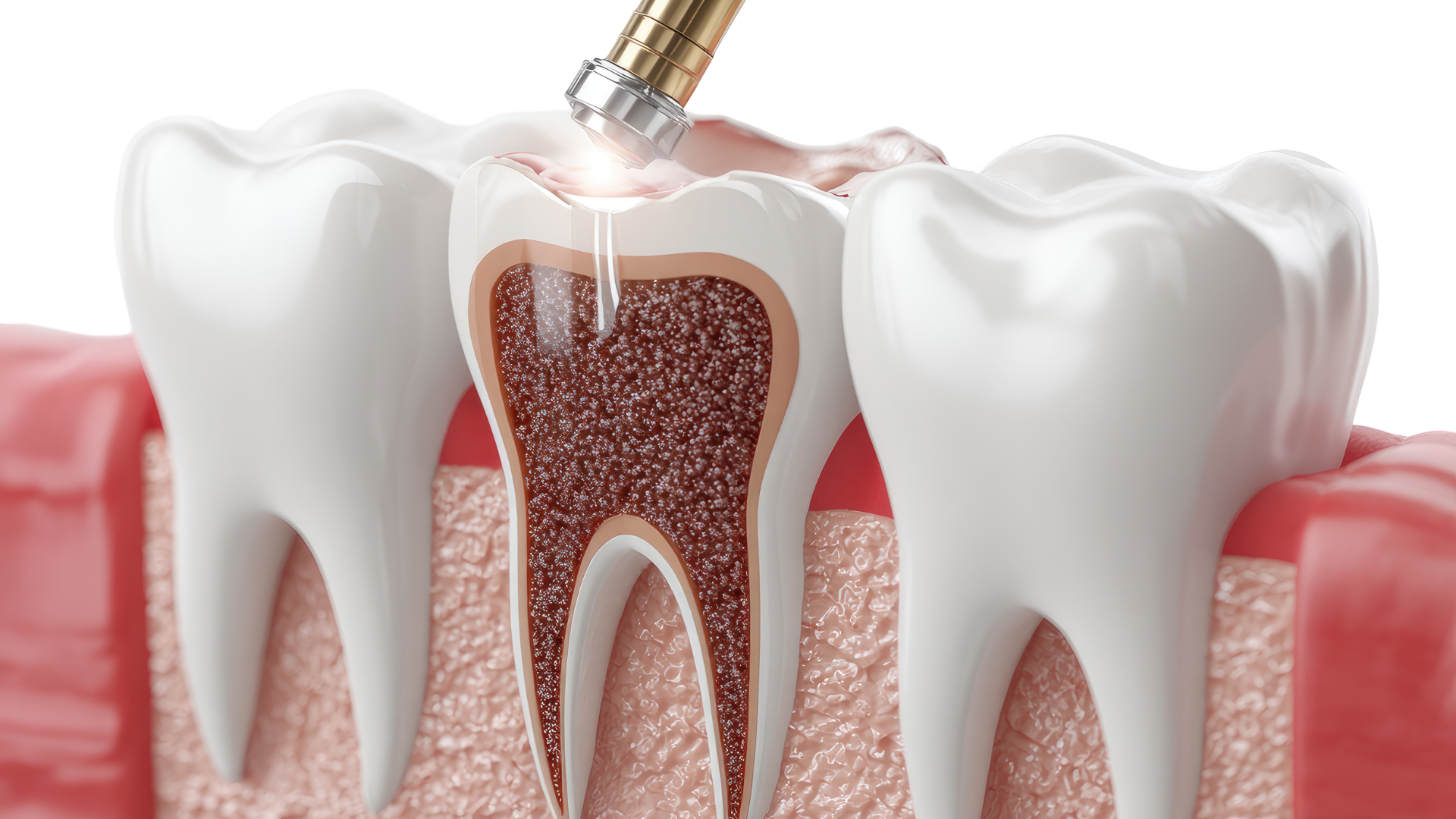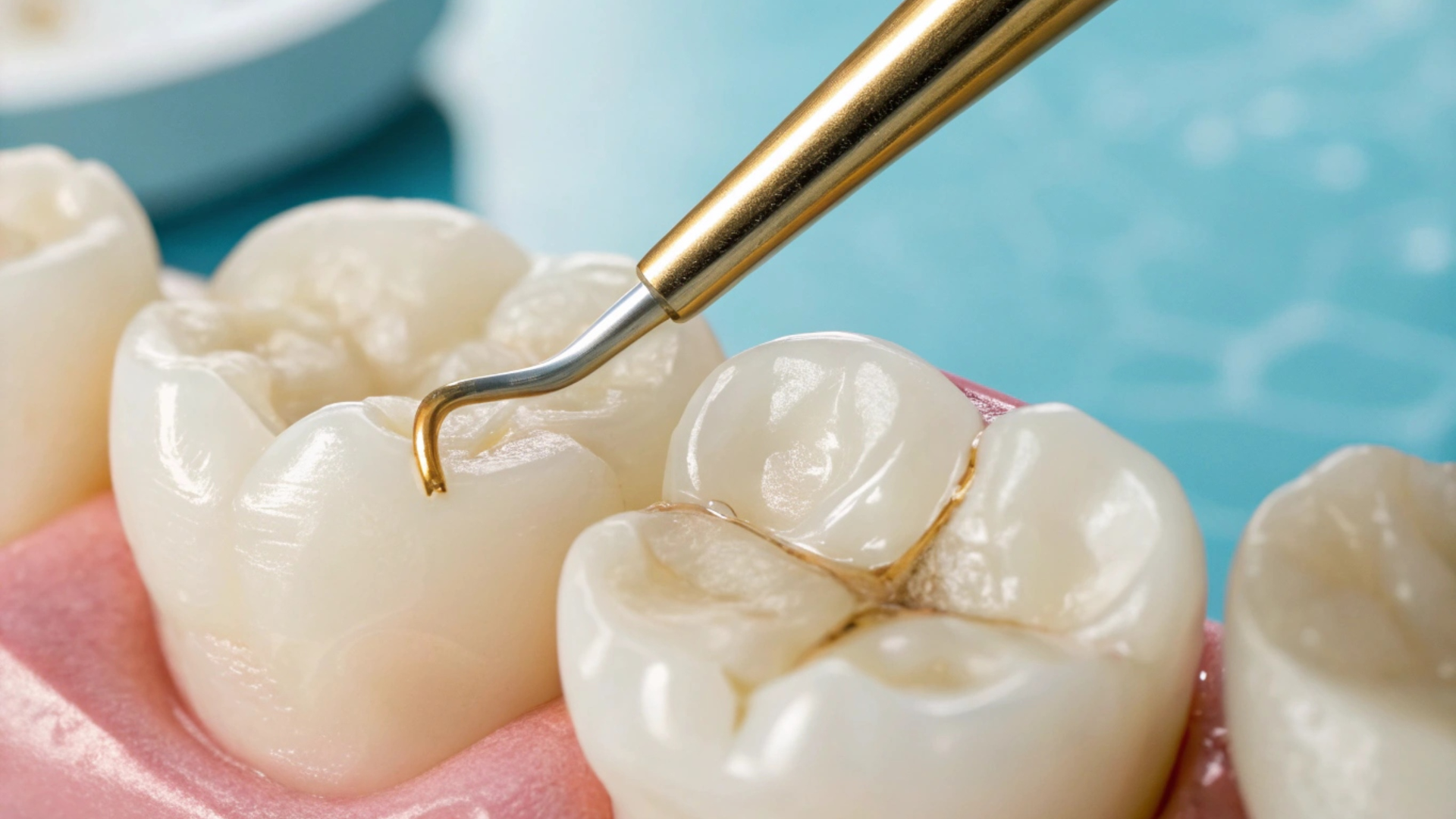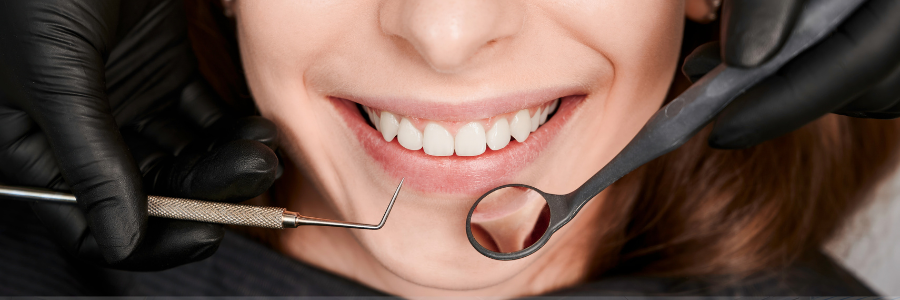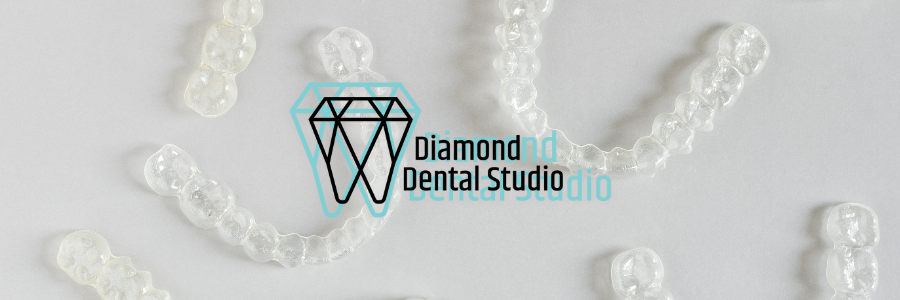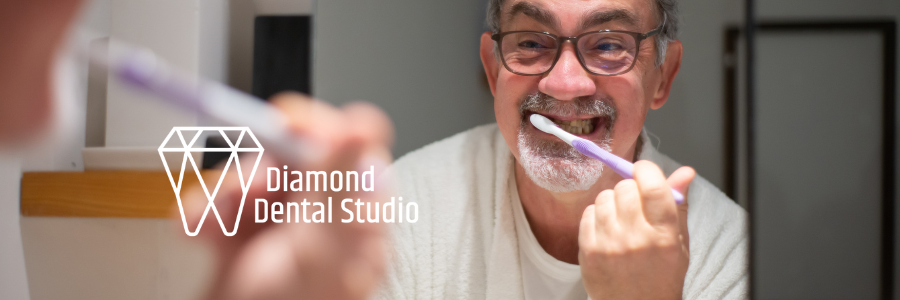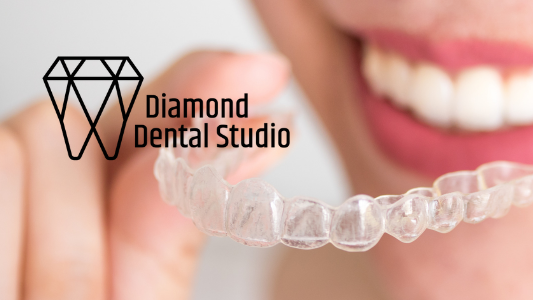Will Your Holiday Smile Last? How Long a Root Canal Holds Up Without a Crown
Understanding Root Canals and Their Purpose
What is a Root Canal?
A root canal is a dental procedure designed to save a tooth that is badly damaged or infected. During this treatment, a dentist removes the infected pulp from inside the tooth, thoroughly cleans the area, and seals it to prevent further issues. This allows you to keep your natural tooth and avoid extraction.The Importance of a Root Canal
Root canals are necessary for several reasons:- Pain Relief: They alleviate the discomfort caused by infection or decay.
- Tooth Preservation: Keeping your natural tooth is preferable to extraction.
- Infection Prevention: They stop the spread of infection to other teeth or areas of your mouth.
Common Reasons for Needing a Root Canal
You may require a root canal due to:- Deep decay reaching the pulp.
- A crack or chip in the tooth.
- Multiple dental procedures on the same tooth.

The Role of a Crown After a Root Canal
Why Crowns Are Essential for Restorative Dentistry
After a root canal, dentists often recommend a crown to protect the tooth. Here’s why:- Strengthens the Tooth: A crown provides structural support, reducing the risk of fractures.
- Restores Functionality: It allows you to chew and bite comfortably.
- Prevents Further Damage: A crown seals the tooth, protecting it from bacteria and decay.
Differences Between Crowns and Fillings
While both crowns and fillings repair damaged teeth, their applications differ:- Coverage: Crowns cover the entire tooth; fillings are limited to cavities.
- Durability: Crowns are more robust, particularly for molars that handle significant chewing forces.
- Procedure: Crowns often require multiple visits, while fillings are quicker to complete.
Potential Risks of Skipping a Crown
Without a crown, a tooth that has undergone a root canal may face:- Increased Risk of Fracture: Unprotected teeth are more susceptible to breaking.
- Infection: Bacteria can penetrate the tooth, causing reinfection.
- Tooth Loss: Severe cases may result in the complete loss of the tooth.
At Diamond Dental Studio, we emphasize the importance of crowns in maintaining your smile and protecting your investment in restorative dentistry .
Factors Affecting the Longevity of a Root Canal Without a Crown
Quality of the Initial Root Canal Procedure
The success of a root canal depends on factors such as:- Thorough Cleaning: Ensuring all infected tissue is removed.
- Proper Sealing: Preventing bacteria from re-entering the tooth.
- Dentist’s Skill: An experienced professional can significantly improve outcomes.
Type of Tooth Involved
Not all teeth respond equally to root canals:- Location: Molars with multiple roots are more complex and prone to stress.
- Condition: Heavily damaged teeth may not last as long without a crown.
- Functionality: Teeth under greater chewing pressure often need additional protection.
Oral Hygiene Practices
Daily habits play a key role in the longevity of a root canal:- Brushing Twice Daily: Prevents decay and plaque build-up.
- Flossing Daily: Keeps bacteria and food particles from causing damage.
- Regular Dental Visits: Allows your dentist to catch issues early.
Maintaining good oral hygiene is essential for the success of your root canal and overall dental health.
Signs Your Root Canal May Be Failing
Symptoms to Watch For
If your root canal is not holding up, you may notice:- Persistent pain in the treated tooth or surrounding area.
- Swelling or tenderness in the gums.
- Discoloration of the tooth, making it appear darker than usual.
When to Consult Your Dentist
Contact your dentist if:
- The pain becomes severe or persistent.
- Swelling does not improve or worsens.
- You experience a fever, which could indicate an infection.
Preventive Measures to Consider
To keep your root canal healthy:
- Maintain excellent oral hygiene.
- Avoid hard or sticky foods that can damage the tooth.
- Schedule regular check-ups at Diamond Dental Studio in San Diego.
Alternatives to Crowns After a Root Canal
When a Filling Might Suffice
In certain cases, a filling may be sufficient:- Small Cavities: Fillings work well for minimal decay.
- Low-Stress Teeth: Front teeth that don’t bear heavy chewing pressure may not require crowns.
- Cost-Effective: Fillings are generally more affordable.
Exploring Inlays and Onlays
Inlays and onlays provide intermediate options between fillings and crowns:- Inlays: Custom-made to fit grooves within the tooth.
- Onlays: Cover the entire top surface for added strength.
- Material Choices: Options like porcelain or resin blend naturally with your teeth.
Consulting with Your Dentist for Options
Every tooth is unique, so it's crucial to discuss your options with a professional. At Diamond Dental Studio, our team can help you make the best choices for your dental health.Maintaining Oral Health After a Root Canal
Daily Oral Care Tips
- Brush your teeth twice a day with fluoride toothpaste.
- Floss daily to remove debris and plaque.
- Use an antibacterial mouthwash to reduce bacteria.
Regular Dental Check-Ups
- Schedule routine visits for professional cleanings and examinations.
- Discuss any concerns about your treated tooth with your dentist.
Dietary Considerations
- Limit sugary foods and drinks to prevent decay.
- Eat a balanced diet rich in fruits, vegetables, and whole grains.
- Stay hydrated to help wash away food particles and bacteria.
Taking care of your teeth after a root canal is vital for maintaining your smile. We offer comprehensive restorative dentistry at Diamond Dental Studio to help you achieve the ultimate smile makeover in San Diego.

